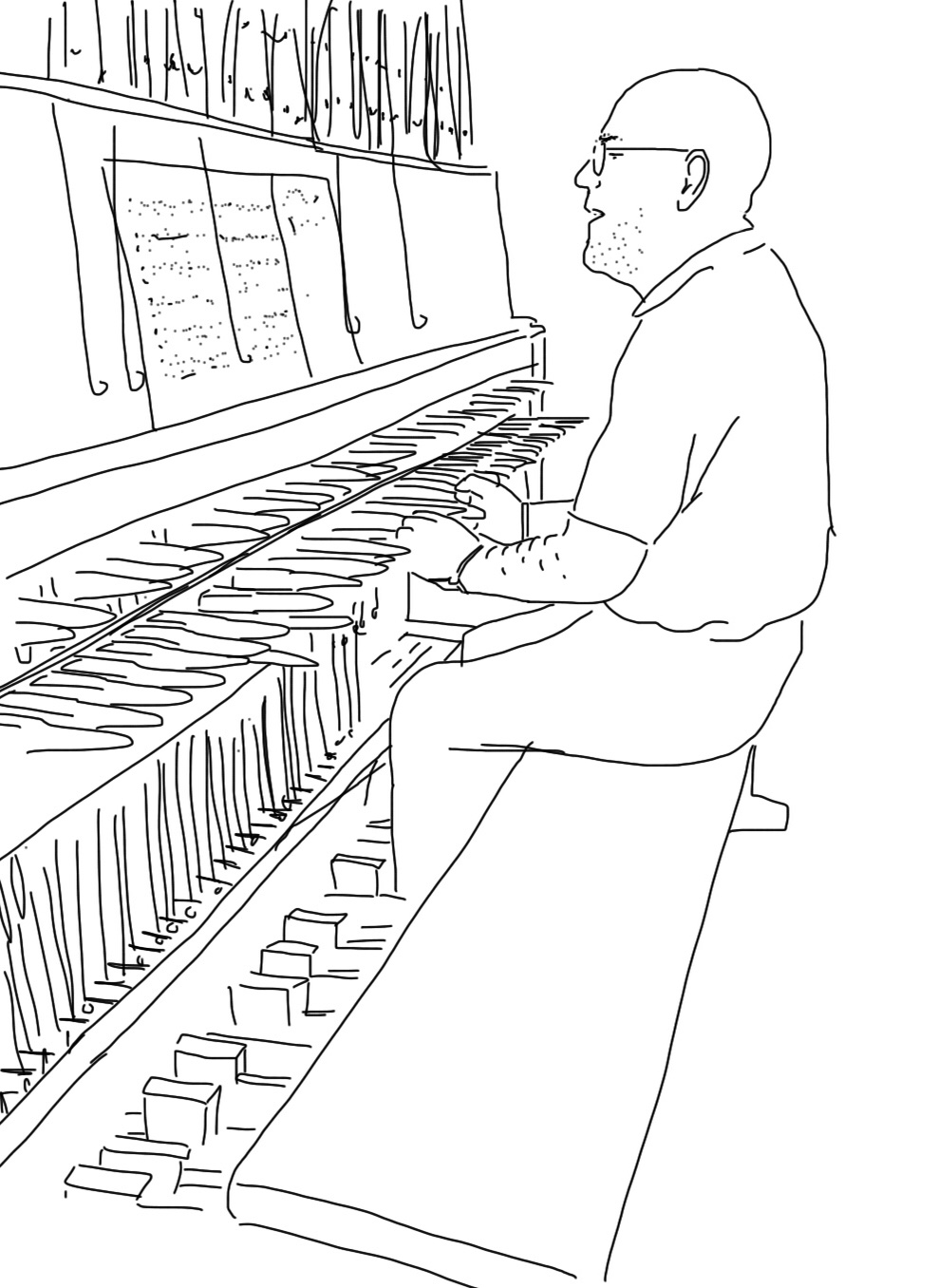Published
cold water didn’t hurt my ears (~1992–2000)
light blue stucco
navy blue shutters
kitchen window like a fishbowl, or a porthole
one floor, mostly
mom splitting her knee open on the brick stairs up to the front door
pots & pans band
dad’s lime green motorcycle, briefly
agapanthus & jade plants
bougainvillea
the scariest palm tree
garage always full, but never the car
where did mom keep her drawing board?
huge glass sliding door at the back
games through the wicker rocking chair
cinder blocks and chain link
ice plant covering the hill to the creek behind the house
sliding closet doors, the paint would stick
neighbors with the scary Halloween ghost
Zeke & Aileen, and the toys they made for us
white painted brick surrounding the fireplace that we rarely used
– – –
blue stucco and blue shutters again,
but this time with white wrought iron
two floors now
wisteria taking over at the back
parents’ brass bed frame, with ceramic decorations on the spindles
mom and her study, wooden artboard and captain’s chair
endless stacks of continuous form paper
tins of colored pencils, meticulously organized by hue
AOL and computer games
the oven that went baroom
Sega Genesis behind the couch
Brett was way better
possom in the wood pile under the lemon and lime trees
the water main broke, water gushing down the street
jumping over the water to get to school
Mr. and Mrs. Redlitz next door
the not-so-nice lady on the other side
Teddy & Dmitri
games barefoot on the berm
until I stepped on a bee, and dog poo
Cassiopeia, Pleiades, Big & Little Dippers
Pleiades was mine, my little tornado
people jumped off that cliff sometimes, but we didn’t hear much about it; probably on purpose
falling about 5 feet on to my back on the rocks after trying to climb the cliff instead of using the path
I was lucky, it was one of the first times I really felt lucky
it could have been so much further
the grass at the top felt incredible
there’s an edible plant that grows on the cliffs and tastes sour, dewy and pink
and mustard, and fennel
owls, sometimes; gulls, always
still dream about walking down the storm drain, through the rocks and down to the bay
not sure it’s possible
we were always told to keep well back from the cliff edge, it could be soft even when it’s been dry
it was usually dry
the road leading to a friend’s house near the school fell in to the sea not long before we moved away
the rollercoaster road near the best tidepools was always changing
we didn’t go there often
countless tadpoles in the storm drain
one day we weren’t allowed to play in the storm drain
it didn’t seem like anything had changed in the little tadpole pools
never once saw the green flash
running my fingers through the sand just after the wave recedes, feeling millions of sandcrabs
mile swims around the buoys
mile runs in blistering, soft sand
Neil, a first crush
his real name is Donald
he was the only faster swimmer
a ray in the shallow water, briefly, before I can show anyone
a vivid purple jellyfish
dolphins in the bay, rarely
don’t dive in head first, always wade out and check the levels first
how to brace someone’s neck if you’re waiting for first aid
don’t touch a seal, it’s probably sick
don’t step on kelp bulbs barefoot, there might be something sharp inside
don’t step on the black “rocks”, they’re chunks of hot tar
cold water didn’t hurt my ears


